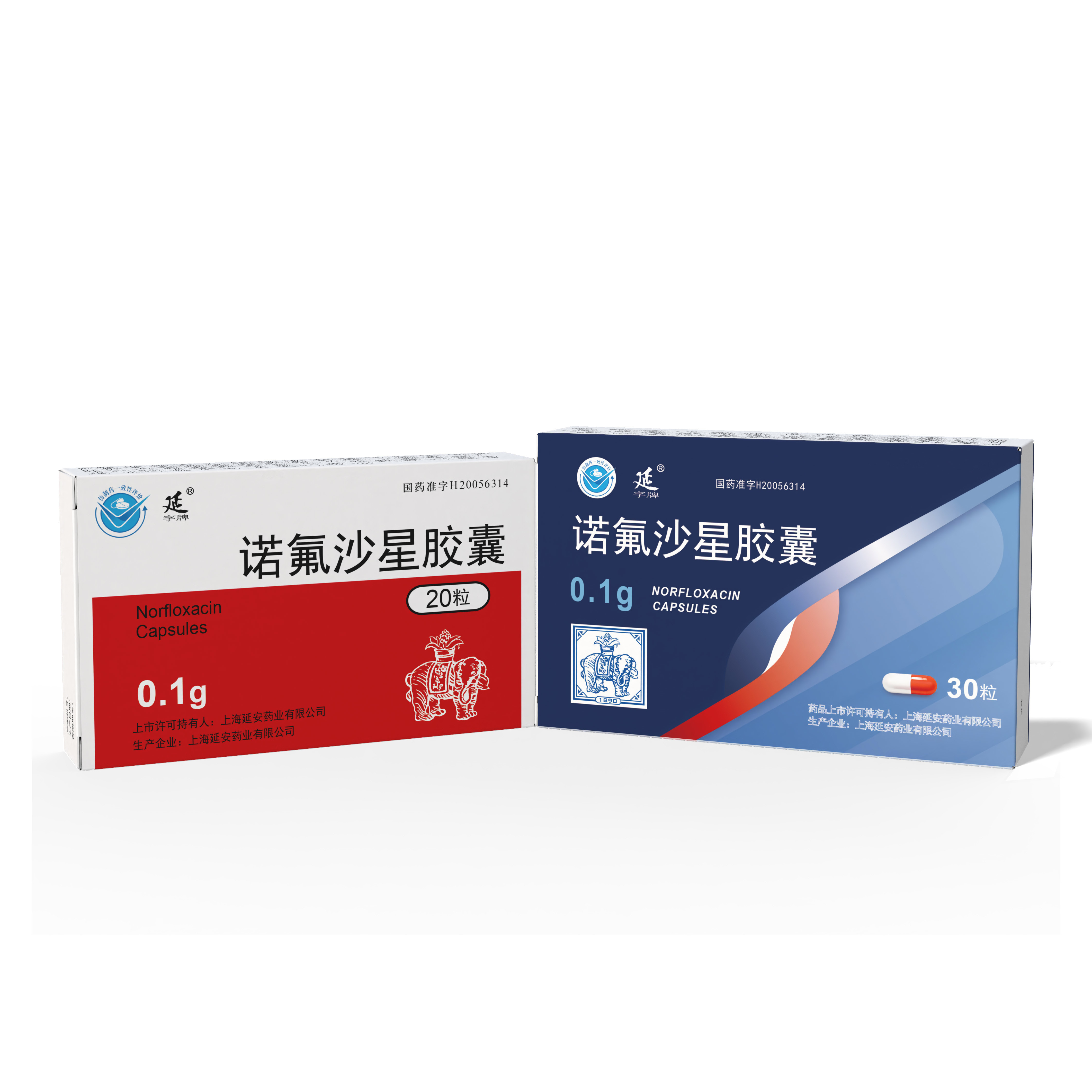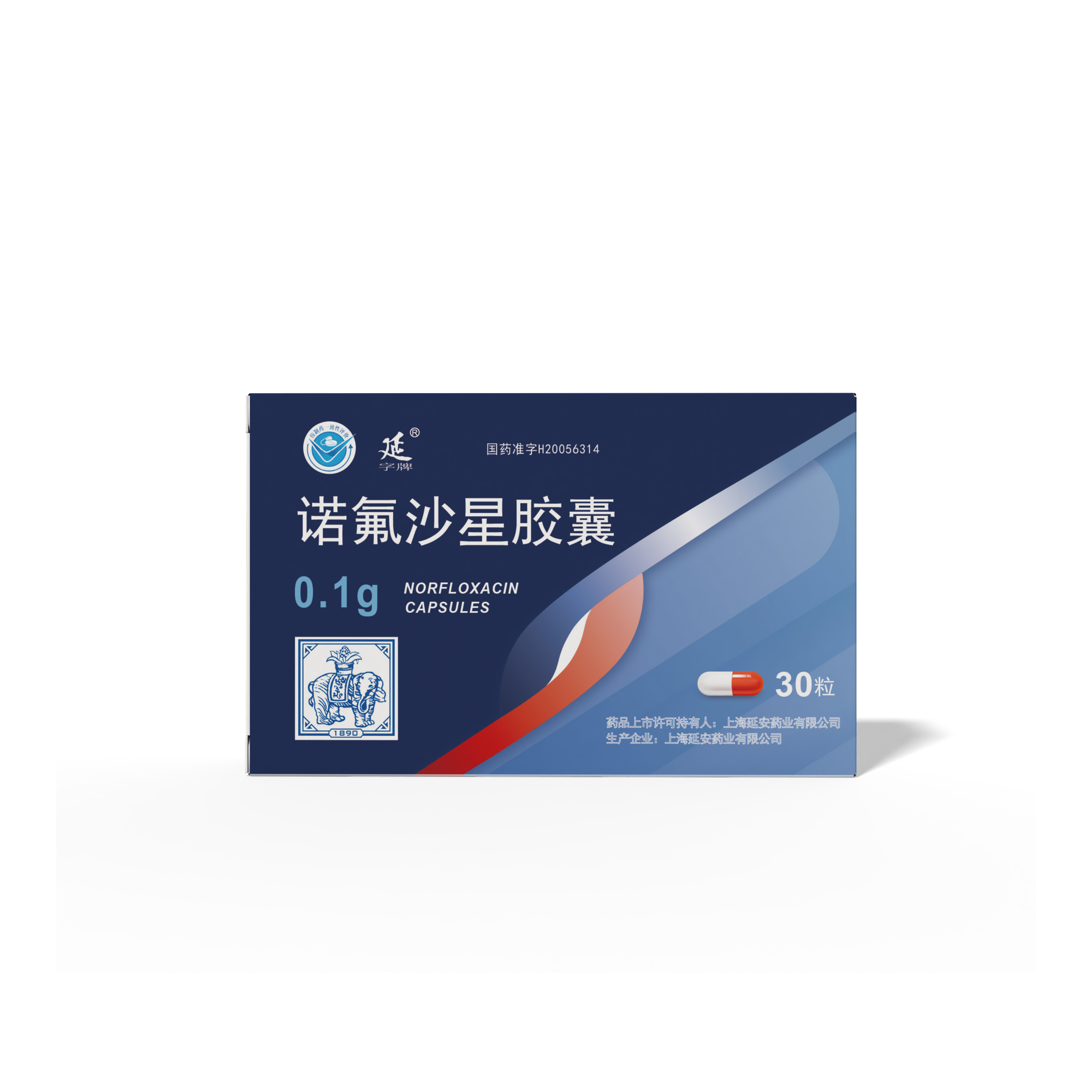Norfloxacin Capsules
- 产品描述
- Parameters
-
[English name] Dextromethorphan Hydrobromide Solution
[element] The main ingredient of this product is dextromethorphan hydrobromide.
Chemical name: 3-methoxy-17-methyl- (9 α, 13 α, 14 α) -morphine hydrobromine monohydrate chemical structural formula: The molecular formula: C18H25NO · HBr · H2O Molecular weight: 370.33
[Characteristics] This product is a light brown clear liquid, sweet and fragrant.
[Indications] for dry cough, including cough caused by upper respiratory tract infections (such as cold and pharyngitis), bronchitis, etc.
[Specification] 0.2%
[usage and dosage] profess to be convinced.
Children over 12 years old and adults: 10~15 ml a time, 3~4 times a day.
The dosage of children under 12 years old is detailed in the instructions.
[Adverse reactions] Post-marketing monitoring identified the following adverse effects using an oral unilateral formulation of dextromethorphan hydromide: Nervous system: lethargy, dizziness, headache, dizziness, fatigue, muscle involuntary contraction.
Digestive system: nausea, vomiting, lack of appetite, belching, dry mouth, abdominal discomfort (such as stomach pain), constipation.
Immune system: hypersensitivity reactions and allergic reactions, including skin rash, urticaria, oedema, itching, and cardiopulmonary dysfunction.
Mental disorders: easy excitement, visual hallucinations, confusion, these adverse reactions are more obvious in the case of overdose.
Skin and subcutaneous tissue: skin allergy, rash, urticaria, pruritus, erythema, allergic dermatitis.
The above reactions can disappear spontaneously after drug withdrawal.
Overdose can cause confusion, bronchospasm, and respiratory depression.
[taboo] 1. allergy to dextromethorphan hydrobromide or any other component of this drug.
2. Women and lactating women are prohibited within 3 months of pregnancy.
3. People with a history of mental illness are prohibited.
4. Patients who are taking linezolid, monoamine oxidase inhibitors, serotonin reuptake inhibitors (such as fluoxetine, paroxetine), bupropion, or taking these drugs for less than two weeks are prohibited.
[Notes] 1. Take medication for 7 days, the symptoms do not relieved or the condition worsened, please consult a doctor.
2. Use with caution in pregnant women over 3 months of pregnancy, and in people with allergies.
3. Use with caution in patients with liver and renal insufficiency.
4. Use with caution in patients with persistent or chronic cough, severe lung disease, and cough-variant asthma.
5. Use it with caution in patients with more sputum.
6. The CYP2D6 gene polymorphism population should consult a physician before taking this product.
7. Patients who are being sedated, weak, or bedridden should consult a physician before taking this product.
8. During the medication, you shall not drive machines, vehicles, boats, aerial operations, mechanical operations and operate precision instruments.
9. This product should not be taken simultaneously with alcoholic drinks.
10. It is prohibited when the character is changed.
[Drugs for pregnant women and lactating women] It is prohibited for women and lactating women within 3 months of pregnancy.
Use with caution in pregnant women over 3 months of pregnancy.
[Medicine for children] For children aged 1 year old and above, see [Usage and dosage] for details.
Children under 1 years old should consult a doctor when using this product.
[Elderly medication] In general, the physiological function of the elderly decline, need to be appropriately reduced.
[Drug interaction] 1. This product shall not be used with monoamine oxidase inhibitors and antidepressants.
Do not take it for 2 weeks, due to adverse reactions such as excitement, hypertension, and high fever (temperature 40℃): linezolid, monoamine oxidase inhibitors (e. g., melcloemide, antibenzycloprolamide, niclosamide, promethazine, and isocalazine), selective 5-hydroxytonin reuptake inhibitors (e. g., fluoxetine, sertraline, or paroxetine), bupropion, procacalazine, selegiline.
2. Before starting the product, if taking any of the following drugs, consult a physician as it may need to adjust or stop treatment of any of the drugs: amiodarone, quinidine, non-steroidal anti-inflammatory drugs (e. g., celecoxib, parcol, or varax), central nervous system inhibitors (some of them used for the treatment of mental illness, allergies, Parkinson's disease, etc.), expectorants and mucolystics, CYP2D6 inhibitors (e. g., haloperidol).
3. This product should not be used with alcohol and other central nervous system inhibitory drugs, because it can enhance the inhibitory effect on the central center.
4. Central nervous system inhibitors, including psychotropic drugs, antihistamines, or anti-parkinsonian drugs: they may enhance the inhibitory effects of the central nervous system.
5. Disellants and mucolysers such as acetylcysteine or guaiglycerol ether: inhibition of the cough reflex may cause pulmonary obstruction when the volume or fluidity of bronchial secretions increases.
6.CYP2D6 inhibitor: dextromethorphan is metabolized by CYP2D6, with a high first-pass metabolism.
The combination of potent CYP2D6 enzyme inhibitors may increase the body concentration of dextromethorphan to several times the normal concentration, cause the patient to develop dextromethorphan poisoning (agitation, confusion, tremor, insomnia, diarrhea, respiratory depression), and increase the risk of 5-HT syndrome.
Fluoxetine, paroxetine, quinidine, and terbinafine were all potent inhibitors of the CYP2D6 enzyme.
Combination with quinidine increased the plasma concentration of DX by 20 times, increasing the adverse effects of the drug to the central nervous system.
Amiodarone, flucany, propafenone, sertraline, bupropion, methadone, sinacase, haloperidol, perphenazine and thioridazine have similar effects on the metabolism of dextromethorphan.
If CYP2D6 inhibitors and Dextroare required, patients should be monitored and dose reduction may be required.
7. Do not use with grapefruit or orange juice because they may increase plasma levels of dextromethorphan as cytochrome P-450 (CYP2D6 and CYP3A4) inhibitors.
[Drug overdose] 1. Overdose of Dextromethorphan may produce the following symptoms: confusion, excitement, tension, irritability, confusion, bronchospasm, respiratory depression, etc., which may vary depending on the degree of poisoning.
2. Overdose of dextromethorphan in children may produce the following symptoms: drowsiness, nervousness, nausea, vomiting, and gait changes, etc.
3. It has been reported that the abuse of dextromethorphan drug teenagers have serious adverse reactions, such as tachycardia, drowsiness, hypertension or hypotension, pupil, agitation, dizziness, large, gastrointestinal discomfort, hallucinations, delusion, nystagmus, fever, shortness of breath, brain injury, ataxia, seizures, respiratory depression, loss of consciousness, arrhythmia and death.
In cases of poisoning, symptomatic treatment should be used, which includes intravenous infusion of naloxone and gastric lavage.
[Pharmacological toxicology] pharmacological action Dextromethorphan is a σ -1 receptor agonist and a non-competitive antagonist of NMDA receptor. It is a central antitussive agent, which can inhibit the extended brain cough center and produce antitussive effect.
Toxicological studies genetoxic In vitro Ames test, dextromethorphan hydrobromine test, in vitro chromosomal aberration assay, in vivo mouse micronucleus test and comet test were negative.
genotoxicity Rats administered dextromethorphan up to 50mg / kg showed no adverse effects on mating, pregnancy, fertility, litter, and lactation.
carcinogenicity Dextromethorphan has not yet been tested for animal carcinogenicity.
[Pharmacokinetics] absorb Dextromethorphan is rapidly absorbed in the gastrointestinal tract and reaches Cmax at around 2 hours.
Effective from 15 to 30 min after administration and continued for 6 hours.
distribution Dextromethorphan is distributed into the tissues and body fluid, reaching the cerebrospinal fluid.
Metabolism and biotransformation DM after oral administration in the liver by rapid and extensive first-pass metabolism.
O-desmethyl (CYD2D6) is determined by genes and is the main factor affecting human pharmacokinetics.
The oxidation process of Dextromethorphan has different phenotypes, resulting in highly variable pharmacokinetics between patients.
Unmetabolized dexmethorphan and three demethylated morphine metabolites, dexperoxine (also known as 3-hydroxy-N-methylmorine), 3-hydroxymorine and 3-methoxymorine, were detected in the urine.
Dexoxane, the main metabolite of dexmethorphan, has antitussive effect.
The metabolic process of some individuals is relatively slow, and the blood and urine are mainly primitive drugs.
eliminate Dextromethorphan is mainly excreted in the urine as primitive drugs or demethylated metabolites.
The elimination half-life of dextromethorphan is from 3.4 to 5.6 hours.
Pharmacokinetics of special populations Slow metabolizers: About 6% of the population lacks the gene encoding the enzyme metabolizing dextromethorphan, which is autosomal recessive, and plasma levels in slow metabolizers are 20 times higher than normal people.
The elimination half-life can be up to 45 hours.
[Storage] shading, sealed preservation.
[Packaging] Brown polyester bottle, 100ml / bottle, 120ml / bottle, 180ml / bottle.
[Expidity period] 24 months
[Approval No.] Chinese drug approval word H20066655
[Drug Marketing License Holder] Shanghai Yan'an Pharmaceutical Co., LTD














